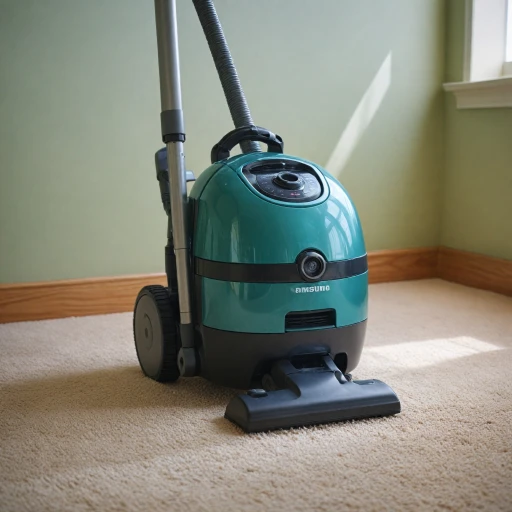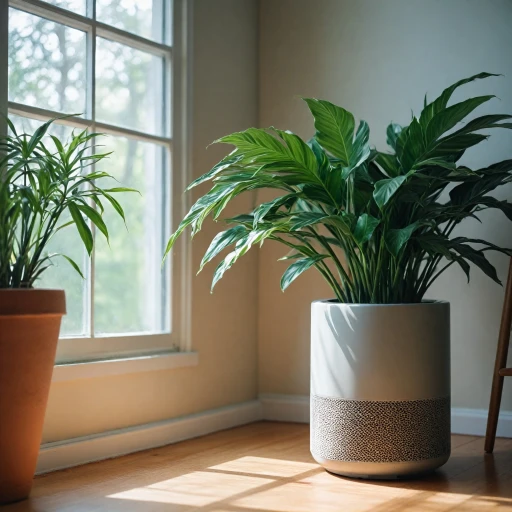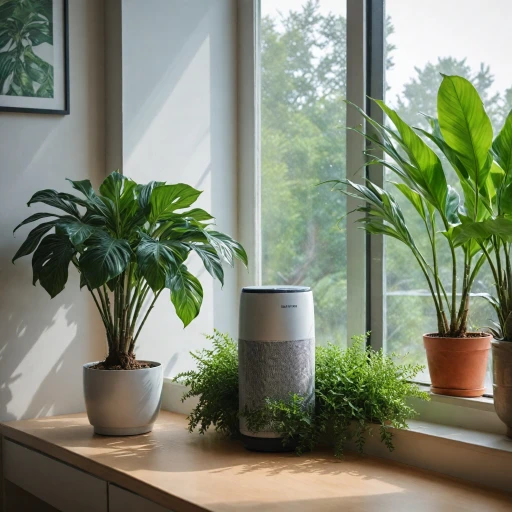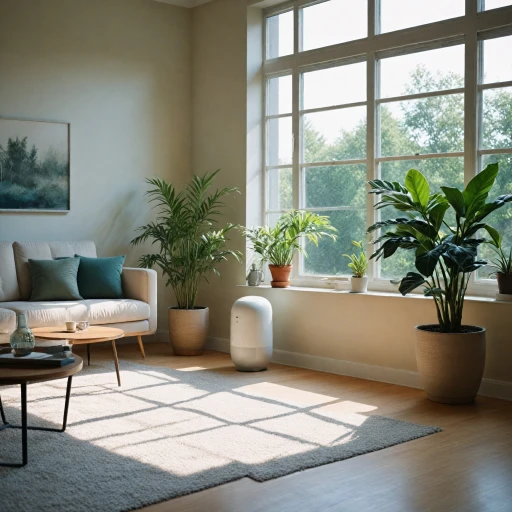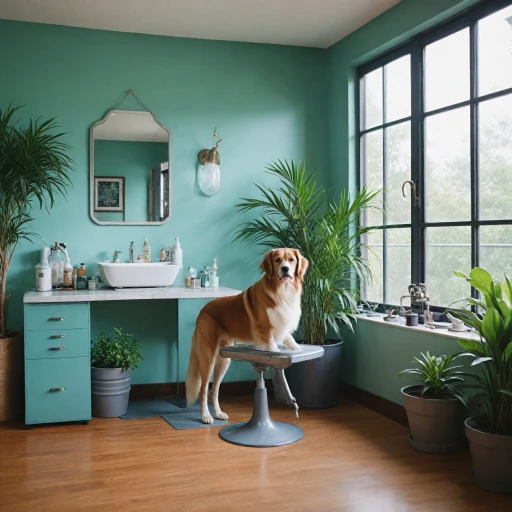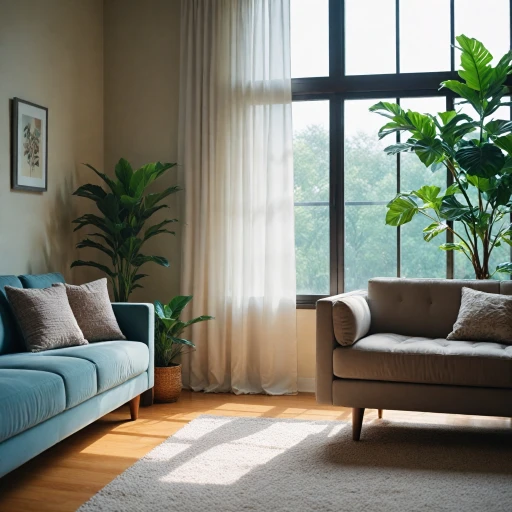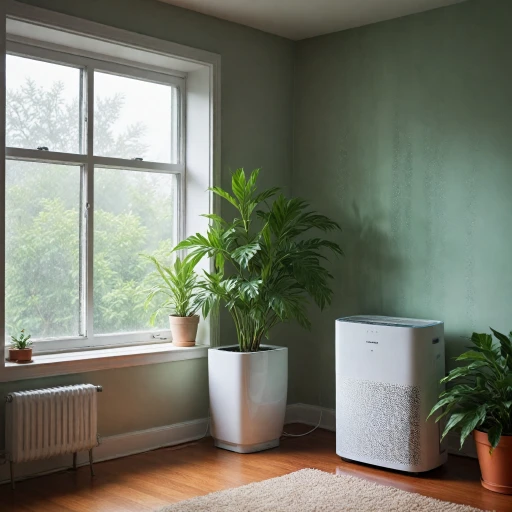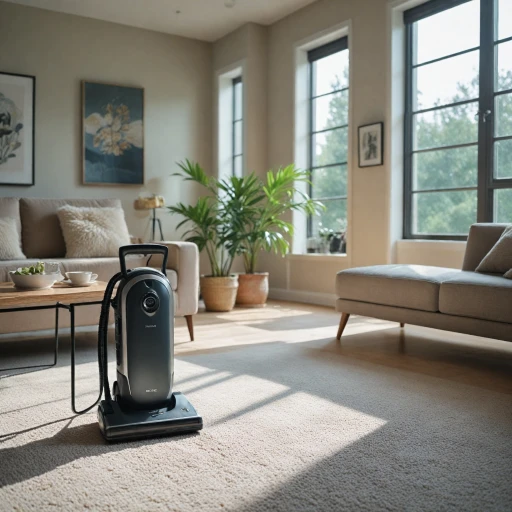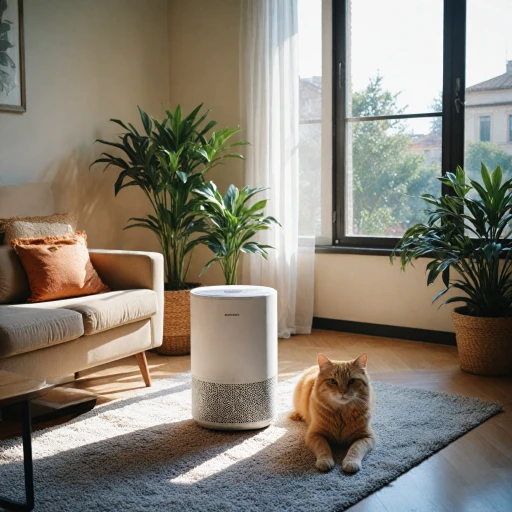
Understanding the Impact of Tobacco Smoke on Indoor Air Quality
Understanding the Harmful Effects of Tobacco Smoke Indoors
Tobacco smoke is more than just an unpleasant odor; it poses a significant threat to indoor air quality. The particles and chemicals released when a cigarette is smoked can linger in the air, affecting not only the smoker but also non-smokers through secondhand smoke. This smoke contains harmful substances, including carcinogens and toxic materials, that can accumulate within enclosed spaces like your home or office.
The particulate matter in tobacco smoke, such as dust and other small particles, can be ultrafine, making it difficult for typical filtration methods to capture. It's critical to choose a proper air purifier, often with a HEPA filter, capable of effectively capturing these tiny pollutants. For individuals sensitive to these irritants or those wanting to maintain a healthier environment, investing in an air purifier can be a crucial step.
Additionally, the scent and residue of tobacco smoke can cling to surfaces and odors can be persistent. Combining a HEPA filter with an activated carbon filter will play a key role in absorbing smoke-related odors, ensuring cleaner air. Understanding these criteria will help when comparing the nuances between air purifiers and making informed decisions.
Key Features to Look for in a Tobacco Smoke Air Purifier
Important Features in Air Purifiers for Tobacco Smoke
When choosing an air purifier specifically for tackling tobacco smoke, it’s crucial to identify features that directly address smoke particles and odors.- True HEPA Filter: Opt for a true HEPA filter, which captures at least 99.97% of particles down to 0.3 microns. This level of filtration is excellent for capturing smoke particles and dust pollen.
- Activated Carbon Filter: Look for products with an activated carbon filter. This feature is essential for removing smoke odors and other volatile organic compounds from the air. Carbon filters can absorb and neutralize more smoke odors compared to devices that rely heavily on electronic air cleaning methods.
- High Clean Air Delivery Rate (CADR): A higher CADR indicates greater effectiveness in filtering tobacco smoke out of the air. Check the CADR ratings to ensure the air purifier can handle your room size.
- Smoke Eater Feature: Some air purifiers are marketed specifically as smoke eaters. These models often incorporate advanced filtration technologies aimed at targeting cigarette smoke.
- Pre-filter: A pre-filter can help extend the lifespan of both HEPA and carbon filters by trapping larger particles like dust. It’s a cost-effective feature for maintaining optimal filtration without frequent filter replacements.
- Portability: Consider portable air purifiers if you need flexibility in moving the device between rooms. However, ensure that the model is powerful enough to manage the air quality in a room where tobacco smoke is prevalent.
Comparing Different Types of Air Purifiers
Exploring Various Air Purifier Technologies
When on the hunt for the best air purifier to tackle tobacco smoke, it is essential to compare different types of purifiers. Not all models are created equal, especially when it comes to eliminating those stubborn smoke odors and particles. Here's a closer look at some of the technologies you might encounter:
- HEPA Filters: High-Efficiency Particulate Air (HEPA) filters are renowned for capturing up to 99.97% of dust, pollen, and smoke particles down to 0.3 microns. For cigarette smoke, a true HEPA filter can be an effective smoke eater.
- Activated Carbon Filters: These are particularly effective in removing odors due to their porous nature, which traps gases and smoke molecules. Most air purifiers designed for tobacco smoke incorporate carbon filtration for additional odor control.
- Smoke Eaters: Often marketed as comprehensive solutions for smoke air purification, these might integrate both HEPA and carbon filters, offering a two-pronged attack against both dust and smoke odors.
- Electrostatic Air Cleaners: These use electrically charged plates to capture dust and smoke particles, although their effectiveness can vary based on the specific product.
It’s important to remember that while an air purifier with a combined HEPA and activated carbon approach is often recommended, regular maintenance, like replacing the pre filter and carbon filters, is crucial to maintaining optimal air quality. Consider these factors alongside purchase criteria like price and stars reviews from platforms such as Amazon when evaluating your options. For more insights on durability and additional features, the FSA eligibility for air purifiers may be worth checking as part of your research into finding the right air purifier for tobacco smoke.
Tips for Optimizing Air Purifier Performance
Enhancing the Performance of Your Smoke Air Purifier
Once you've selected the best air purifier for your home, optimizing its performance is crucial to effectively tackling tobacco smoke and odor. By ensuring the air purifier functions at peak capacity, you can improve the overall air quality in your room.
- Proper Placement: Position your air purifier strategically in your space. Ideally, place it close to the source of the smoke or in the room where smoking frequently occurs. This proximity helps the purifier capture more smoke particles before they disperse throughout the home.
- Regular Maintenance: Keep filters in optimal condition by adhering to recommended cleaning and replacement schedules. Both HEPA filters and activated carbon filters need maintenance to maintain their effectiveness against smoke and odors. Refer to user manuals or product details for guidance on your specific model.
- Utilize Multiple Filters: Consider using purifiers equipped with multiple filter types, such as a combination of HEPA filter and carbon filter. This multi-layered approach targets different contaminants, from dust pollen to volatile compounds, ensuring thorough air purification.
- Avoid Obstructions: Ensure your air purifier is not obstructed by furniture or placed in tight corners. Unrestricted air flow is paramount for maximum filtration. Studies highlight that clear entry and exit points for air enhance purification efficiency significantly.
- Adjustable Fan Speeds: Many models, including popular options on Amazon, allow speed adjustments. Using higher settings when smoke levels are elevated will help boost the purifier's ability to remove smoke from the air more quickly.
By implementing these measures, your smoke air cleaner will not only help in providing clean air but also offer cost-effective performance over time, ensuring your investment translates to a healthier living space.
Common Misconceptions About Air Purifiers
Debunking Air Purifier Myths: Separating Fact from Fiction
When it comes to air purifiers, especially those targeted at reducing tobacco smoke, there are several misconceptions that can lead to confusion or misguided decisions. Let's clarify some common myths to help you make an informed choice. One widespread belief is that all air purifiers are the same. In reality, different purifiers target specific issues. For instance, a model with a true HEPA filter is excellent for capturing small particles like dust and pollen, but it may not sufficiently handle odors unless it also includes an activated carbon component. When dealing with tobacco smoke, it's crucial to choose a purifier designed specifically for smoke and odor removal, often termed as a smoke eater. Another myth is that the higher the price, the better the product. While price can reflect quality, it's not always indicative of performance. Some reasonably priced purifiers on platforms like Amazon offer impressive features such as a pre-filter and HEPA filtration, which are essential for maintaining clean air in a room filled with cigarette smoke. Consider carefully reading stars reviews to gauge real-world user experience. There's also a notion that air purifiers will work effectively without regular maintenance. In reality, to optimize filtration performance, regular cleaning and replacement of filters, including HEPA and carbon filters, are necessary. This not only extends the life of the purifier but also ensures it continues to effectively remove dust, smoke, and other pollutants. Finally, some believe a portable air purifier can function as a standalone solution for an entire house. While portable units are perfect for single rooms, ensuring the best air quality throughout a larger space often requires multiple purifiers or a centralized solution. By clearing up these misconceptions, you can focus on finding an air purifier that truly meets your needs for improving indoor air quality, especially in environments affected by tobacco smoke.Evaluating Cost and Energy Efficiency
Factoring in Cost and Energy Efficiency for Your Air Purifier Choices
When choosing an air purifier specifically designed to neutralize tobacco smoke and improve indoor air quality, cost and energy efficiency are key considerations. The initial price of the purifier is just one aspect to evaluate, as ongoing maintenance and electricity consumption can significantly impact your budget over time.
Air purifiers vary in price, ranging from affordable options to high-end models with advanced filtration systems like HEPA and activated carbon. Balancing between an effective purifier for smoke removal and your financial constraints is important. Investing in a product with a decent blend of quality and cost-efficiency can deliver the desired benefits without breaking the bank. Reviewing stars and reviews from platforms like Amazon can provide insights into the best value for money.
Efficiency does not only relate to financial aspects. A suitable smoke eater should also operate efficiently to remove smoke-related odors and particles effectively. Checking the Clean Air Delivery Rate (CADR) can aid in assessing the device's performance level in a specified room size. Opt for models that include features such as a true HEPA filter or a carbon filter, which are essential for handling tobacco smoke and ensuring clean air.
Furthermore, consider the energy consumption of the air purifiers. Many modern units offer energy-saving modes, consuming less power without sacrificing filtration efficiency. While the upfront price of these models might be higher, their long-term energy savings can be significant.
In summary, when evaluating different purifiers, think beyond the base price. Consider the long-term expense associated with filter replacements (such as pre filters and carbon filters) and electricity usage. By aligning your purchase with both performance and financial factors, you can enhance your indoor air quality while managing your costs effectively.

